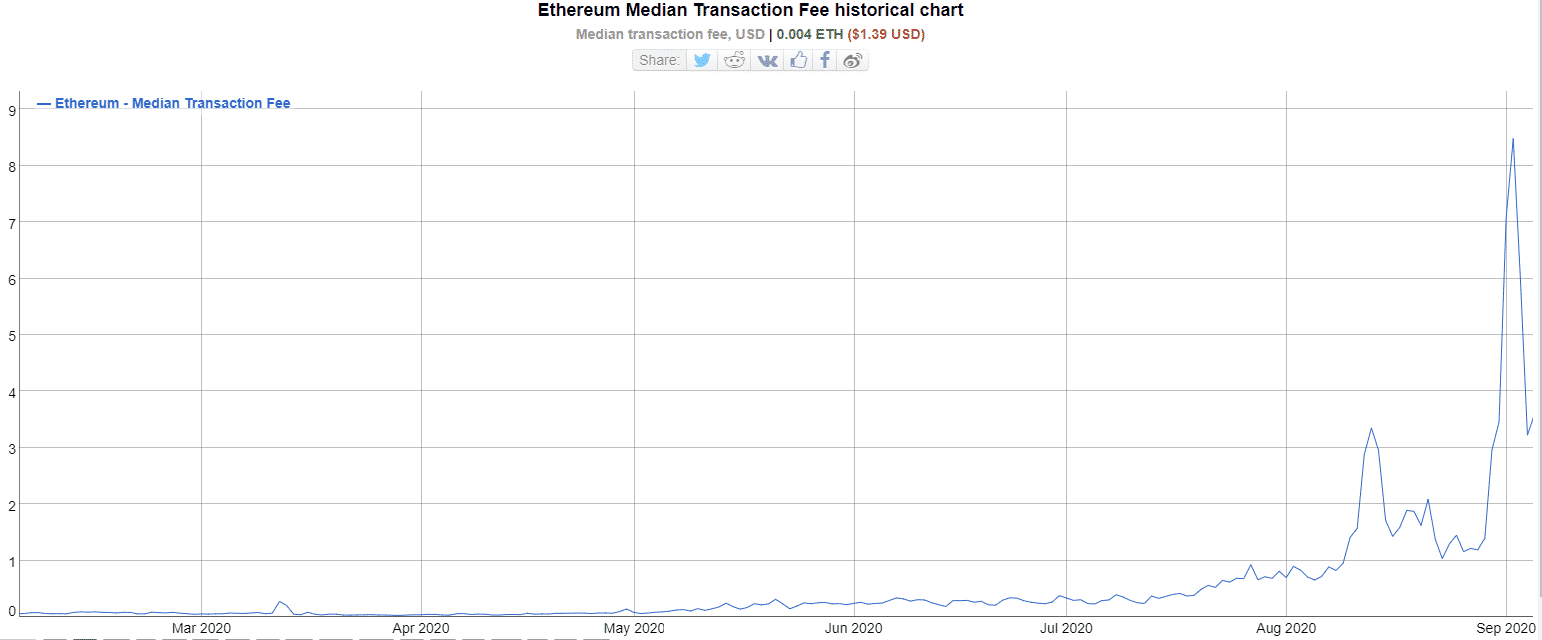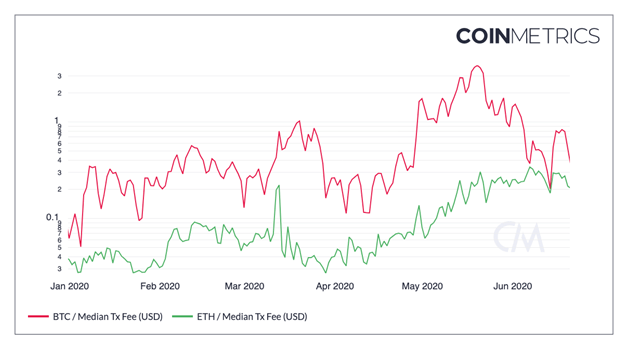

ETHEREUM TRANSACTION FEE HOW TO
We simplified how to customize the Max Base Fee and the Priority Fee. MAX BASE FEE AND PRIORITY FEE SIMPLIFICATION In our Advanced Settings, we made two changes: 1. It allows you to set a really high max fee and priority fee to increase the likelihood of your transaction being successful if you’re expecting to participate in a gas war. “Aggressive“ (previously “High”): is much higher compared to market prices.“Market“ (previously “Medium”): reflects market prices.If you require a transaction to go through, this may not be the right setting for you. Note that this setting is based on past trends, which means we can never be sure the transaction goes through. It allows you to wait a longer period and skip the price spikes (i.e. “Low“ (previously “Low”): is much lower than market prices and it allows a user to pay a lower fee when they are willing to wait a longer time.When editing estimations, we have changed terms from low, medium, high to low 🐢, market 🦊 and aggressive 🦍 respectively: The use of icons/emojis to reflect estimations (low, market, aggressive)Īfter EIP-1559 launched, we’ve been observing the market and adapting our estimations and UI to account for the dramatic price spikes that still exist on the Ethereum Mainnet due to popular NFT drops and other projects.In addition, they found that when ETH’s price is more volatile, the waiting time is significantly higher.Enhanced Gas UI with Extension v10.10.0 (Mobile App changes coming soon) However, EIP-1559 did not have a large impact on gas fee reduction or consensus security. They found that while the transaction mechanism became even more complex it did also become more efficient.ĮIP-1559 improves user experience by reducing users’ waiting times, improving fee estimation, and mitigating intra-block difference of gas price paid (which is more important for miners). Recent research examined the causal effect of EIP-1559 on blockchain transaction fee dynamics, transaction waiting time, and security. There were several problems under this previous TFM including long wait times for verification, extremely high gas and unpredictable prices, as well as inefficiencies around block size and consensus security. As a result, some users would offer unnecessarily high gas fees in order for their transaction to skip the line and be quickly processed thus creating major delays for others. Once a transaction is verified it is added to the miner’s block and then to the blockchain.
ETHEREUM TRANSACTION FEE VERIFICATION
This is because transaction verification priority is determined by the miner and thus given to whoever bids the most. Crypto wallets like Metamask or Coinbase Wallet provide suggested gas bids for users but still allow them to alter the bid.

Essentially every time a transaction is made there is an accompanying gas bid. Prior to the EIP-1559 update, the Ethereum TFM centered around the first-price auction paradigm.Ĭonceptually, the first-price auction paradigm is fairly simple. When an ETH transaction is placed it is not immediately completed and resides in a memory pool or “Mempool.” These are smaller databases of unconfirmed or pending transactions. For context as of February 1st, 2022 at 1:17 ET, ETH is worth $2778.50 USD per token. Gas prices are typically denoted in GWEI or a billionth of an ETH ( 0.000000001 ETH).


However, the price of gas is constantly changing in response to how many others are trying to make transactions on the blockchain. “Gas is a unit of measurement for the amount of computational effort required to execute a specific on-network operation” William Zhao ’23, Student researcher If you are unfamiliar with smart contracts please reference my previous article here. Recently, a study out of Duke and Peking University evaluated the effect of EIP-1559, the first TFM to abandon the traditional first-price auction paradigm.Įvery transaction or smart contract executed on the Ethereum blockchain requires gas. However, there has yet to be an empirical study on the real-world impact of TFMs. Transaction fees are determined by a Transaction fee mechanism (TFM), a key component of blockchain protocol. In addition to receiving the ETH from mining, miners are also paid through transaction fees called gas. However, ETH miners are paid in ETH, not bitcoin. Similar to Bitcoin, ETH is also mined by solving complex puzzles in order to confirm and verify blockchain transactions.


 0 kommentar(er)
0 kommentar(er)
